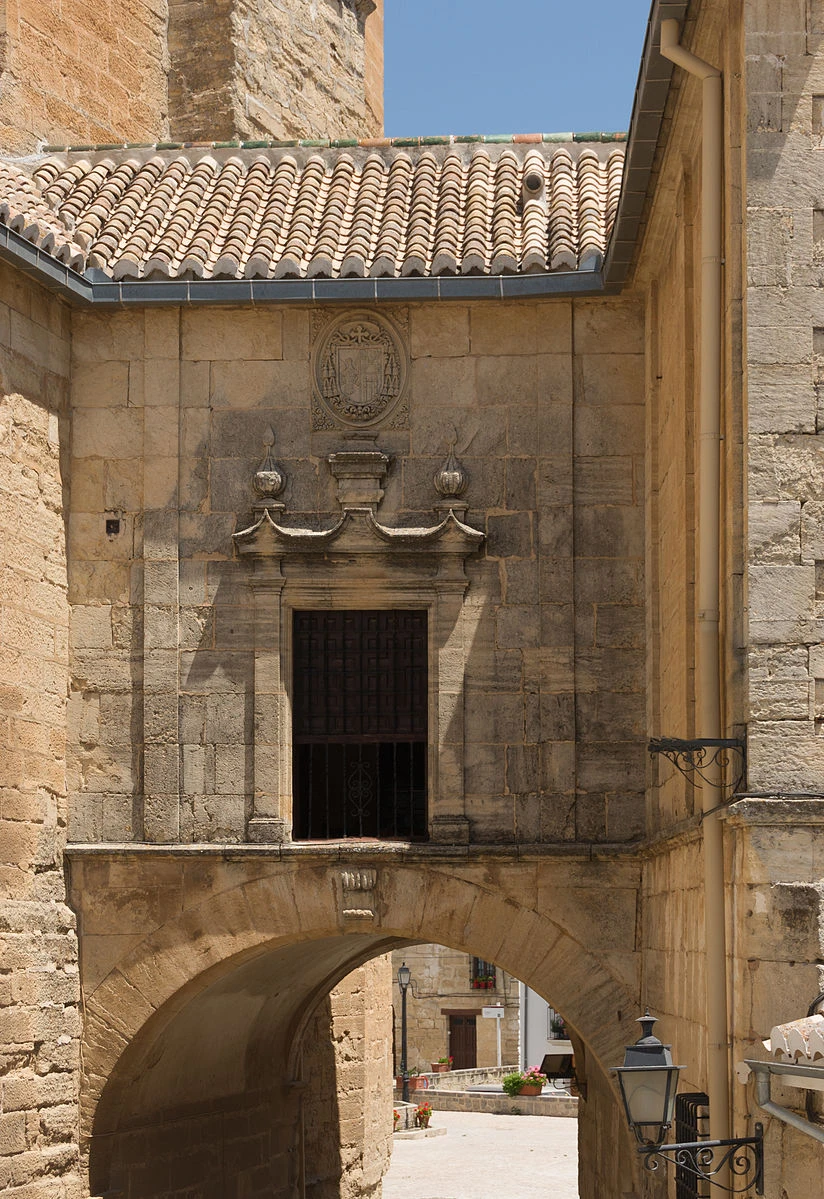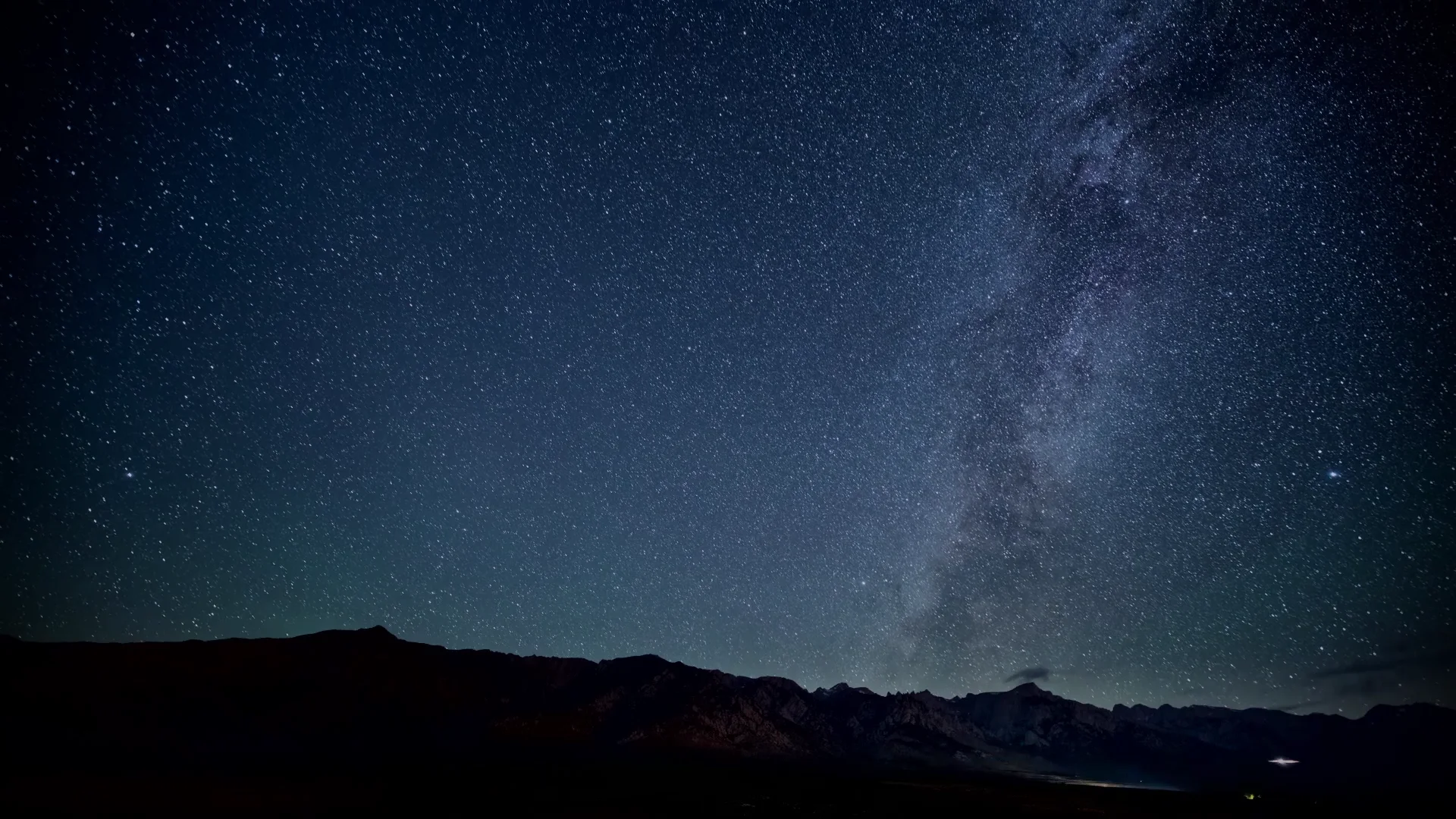Alhama de Granada
Nestled between the Sierras de Tejeda and Almijara, the municipality of Alhama rises on a spectacular rocky promontory surrounded by the Alhama River and protected by the imposing Tajos, 200-meter-high limestone walls that form its natural boundary. This setting, where nature and history merge, houses a unique heritage.
What to do in Alhama de Granada?
Here are some activity proposals with La Seguiriya as your base camp. Whatever option you choose, at the end of the day you can enjoy the tranquility of our accommodation, the impressive view of the Tajo from our spectacular terrace, and have a glass of wine or a delicious and replenishing dinner in our restaurant.
As you can see in this guide, Alhama de Granada offers experiences all year round. But if you want to live the most authentic essence of the town, we encourage you to check out our guide to events and Popular Festivals in Alhama de Granada, where you will find carnivals, fairs, pilgrimages and other celebrations that add color to the calendar. Choose the date that most attracts you and enjoy your stay at La Seguiriya, your rural house in Alhama.
Prepare your visit
We invite you to come prepared to enjoy all the wonders our area offers, regardless of the time of year. Always check the weather forecast. Whether with a coat for the winter cold, sunscreen for summer days, or a good raincoat for rainy days, we are sure that your experience in our rural accommodation will be unforgettable. We are here to help you with whatever you need to make your stay perfect!
Tour of the Historic-Artistic Complex

A few steps from La Seguiriya is the Castle, a medieval fortification built during the Nasrid period, between the 13th and 15th centuries. Located on a strategic cliff over the Tajo de Alhama, it offers spectacular views of the town and the surrounding gorge. It suffered gradual abandonment until the late 19th century when, in private hands, it was remodeled to its current state.
Next to the Castle, we find the Church of Carmen, a temple built in the 16th century on the remains of an old mosque. It is part of the old Carmelite Convent and stands out for its simple facade, its brick bell tower, and its single nave interior with a wooden ceiling in the Mudejar style and baroque altarpieces.
The old Jewish quarter or "Calles Bajas" consists of the streets that descend from the Church of Carmen to the Tajos. The layout of the streets consists of narrow and irregular roads where an arch at the entrance is still preserved, with the most notable streets being Santiago, Corralazo, Adarve Angustias, and Zapateros. In this area, we can find the House of the Inquisition, the Church of the Incarnation, the Church of the Angustias, the Dungeons, or the Puerta de la Mina and the Puerta del Agua.
Finally, we can go back up to the Calles Altas, a Christian expansion neighborhood. Starting from Calle del Humilladero with its stately houses with coats of arms (16th-18th centuries) and continuing towards the epicenter of the neighborhood, the Convent of San Diego and the entire area of subsequent growth that completes the urban unit, with streets like Tejar Bajo and Barranco, where traditional architecture mixes with houses from the 80s that respect the historical aesthetic.
In addition to the mentioned, throughout the historic center, we can find numerous water sources or pillars that highlight the importance of the liquid element in the town. Some notable ones are La Fuente de las Granadas, Caño Wamba, El Pilón de la Parra, or La Fuente del Tejar.
Astrotourism in Alhama de Granada
When night falls over Alhama, the sky becomes an infinite canvas dotted with stars. The purity of the air, the absence of artificial lights, and the silence of the surroundings create the perfect setting to look up and feel the immensity of the universe. Here, the Milky Way is shown with clarity, and constellations, planets, and nebulae seem within reach. Practicing astrotourism in this corner of Granada is not just observing, it is living an experience that connects with nature and awakens curiosity about what lies beyond.
A night with Skyandaluz
At La Seguiriya we want you to experience that magic in the best way, which is why we collaborate with Skyandaluz, a local astronomical observatory that combines planetarium and large-format telescopes to guide you on a journey through the cosmos. Their entertaining and passionate explanations make every visitor, regardless of age, discover new secrets of the sky. We help you coordinate the activity so that, after a quiet dinner, you embark on an unforgettable night under a sky you will never forget.
Visit Skyandaluz
Photo courtesy of Skyandaluz
Natural Monument Tajo de Alhama
The Tajo de Alhama, an imposing gorge sculpted over millennia by the waters of the homonymous river, invites a journey where geological grandeur and historical legacy converge. We start the walk at the Mirador del Tajo, next to the ruins of the Nasrid castle, from where we contemplate the magnitude of the canyon and its silent dialogue with the surrounding valley. Following the well-marked trails, we advance towards the Senda de la Molineta, a path that reveals vestiges of Arab hydraulic engineering and medieval mills, silent testimonies of an agricultural and strategic past. Along the way, the riparian vegetation, rocky cliffs, and the constant murmur of the river accompany our steps, weaving an experience that combines serenity and admiration for nature.
It is advisable to remember to use resistant and comfortable footwear to tackle the irregular sections of the trail, water supplies —especially on hot days—, as well as avoiding the hottest hours in the summer months to ensure a safe and pleasant walk. Likewise, it is appreciated to respect the natural and cultural environment, avoiding leaving waste and staying on the marked trails to preserve the integrity of this unique landscape.
Other sports and outdoor activities
Nestled between mountains, canyons, and reservoirs, Alhama de Granada stands as an exceptional starting point to explore the natural diversity of the province. From its cobbled streets, traced over centuries of history, routes unfold that satisfy both road cyclists and mountain bike enthusiasts. To the north, the A-335 road offers technical ascents and vertiginous descents among landscapes of olive groves and farmhouses, while the trails of the Sierra de Alhama challenge with rocky singletracks and holm oak forests, ideal for mountain bikes.
Less than 20 kilometers away, the Bermejales Reservoir. For those looking to combine effort and relaxation, the Alhama-Reservoir cycling route —with mixed sections of asphalt and rural roads— links both worlds in a day that balances sweat, landscape, and tranquility. But cycling is not everything; at the reservoir, there is a varied offer of water activities. Here, kayaking, paddle surfing, or swimming alternate with picnic areas under the shade of pines, creating a refreshing counterpoint to cycling adrenaline.

